by Charles Lear
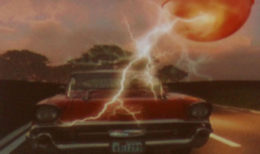 A common element of UFO reports is that cars or other vehicles cease functioning during the sighting and often restart on their own after the UFO’s departure. Many researchers have speculated that this is an effect of electromagnetism, possibly related to an advanced system of propulsion. This seems to be a reasonable hypothesis and one that could be tested. All one would need would be a car and a source of electromagnetism. So, the question is, have there been any experiments done in laboratories, and have the results been published in a peer reviewed format?
A common element of UFO reports is that cars or other vehicles cease functioning during the sighting and often restart on their own after the UFO’s departure. Many researchers have speculated that this is an effect of electromagnetism, possibly related to an advanced system of propulsion. This seems to be a reasonable hypothesis and one that could be tested. All one would need would be a car and a source of electromagnetism. So, the question is, have there been any experiments done in laboratories, and have the results been published in a peer reviewed format?
The case that first brought attention to this aspect of the phenomenon was the 1957 incident involving a series of extraordinary encounters in and around the small farming community of Levelland, Texas. Patrolman Abraham John Fowler was working the evening shift at the Levelland Police Department on the night of November 2, when the first of what would be a series of unusual calls came in.
Just before 11:00 p.m., a farm worker, Pedro Saucedo, called to report a very strange encounter that left him and his co-worker, Joe Salaz, shaken and mystified. According to Saucedo, they were in his pickup truck on their way to a farm ten miles northwest of Levelland. At 10:30 p.m., they turned off Route 116 (now Route 114), four miles west of Levelland, onto a side road. Off to their right, in a field, they saw a bright, blue flash, which drew their attention. The source of the light was a cigar or torpedo-shaped object around 200 feet long. As they watched, the object, glowing blue-green, lifted up and came towards the truck. As it did so, its color changed to bright yellow-white. Saucedo, thinking there was going to be a collision, jumped out and hit the dirt. Salaz remained inside and, fortunately for him, the object went over the truck. As the object passed over, the truck’s engine stalled, and the headlights went out.
Read more →
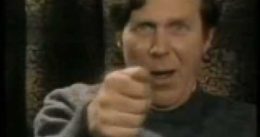 The 1959 sightings of Father William Gill in New Guinea, then an Australian territory, were well known and much discussed in the 1960s and 1970s. Given the multiple witnesses over two nights, observation of occupants and the credibility of the reporting witness, an Anglican missionary, it made for a sensational encounter. Even more incredible, the craft and occupants sighted seemed to respond to the witnesses throughout the encounter. The story was featured in Dr. J. Allen Hynek’s The UFO Experience: A Scientific Enquiry and The Hynek UFO Report, the double album UFO Encounters (which features Father Gill telling his story and Hynek’s commentary) and in the 4th issue of Gold Key’s UFO Flying Saucers comic book.
The 1959 sightings of Father William Gill in New Guinea, then an Australian territory, were well known and much discussed in the 1960s and 1970s. Given the multiple witnesses over two nights, observation of occupants and the credibility of the reporting witness, an Anglican missionary, it made for a sensational encounter. Even more incredible, the craft and occupants sighted seemed to respond to the witnesses throughout the encounter. The story was featured in Dr. J. Allen Hynek’s The UFO Experience: A Scientific Enquiry and The Hynek UFO Report, the double album UFO Encounters (which features Father Gill telling his story and Hynek’s commentary) and in the 4th issue of Gold Key’s UFO Flying Saucers comic book.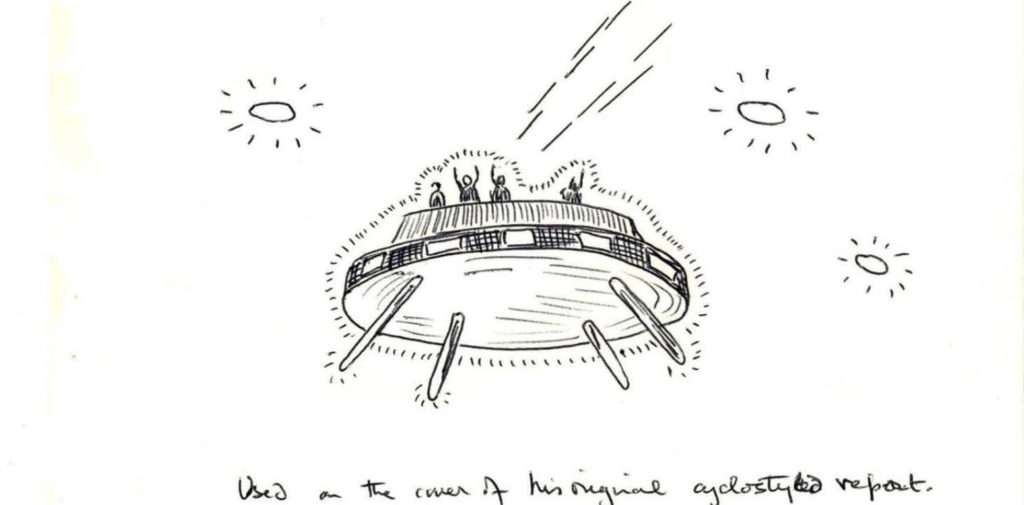 “You could describe it, I suppose, as a circular ship with a kind of deck and bridge on the top,” Father William Gill stated on the UFO Encounters LP. Further saying that it was “dull yellow, a bright orangey color. It wasn’t as though the thing was itself lit up all around. It was more as though some other light was lighting it up…. All around the whole object was a sparkling effect.” It was silent and as large, he estimated as a five inch object held at arm’s length. Up to four humanoids were seen on the top deck of the craft, as if they were working on something and an “electric blue spotlight” seemed to shoot into the air. Clouds moved in and obscured the object for some time but they eventually cleared allowing the craft to be seen again. Smaller objects, perhaps as many as three, were seen moving in and out of the clouds as well. Shortly before 11:00 PM heavy clouds moved in, obscuring the objects and rain began to fall.
“You could describe it, I suppose, as a circular ship with a kind of deck and bridge on the top,” Father William Gill stated on the UFO Encounters LP. Further saying that it was “dull yellow, a bright orangey color. It wasn’t as though the thing was itself lit up all around. It was more as though some other light was lighting it up…. All around the whole object was a sparkling effect.” It was silent and as large, he estimated as a five inch object held at arm’s length. Up to four humanoids were seen on the top deck of the craft, as if they were working on something and an “electric blue spotlight” seemed to shoot into the air. Clouds moved in and obscured the object for some time but they eventually cleared allowing the craft to be seen again. Smaller objects, perhaps as many as three, were seen moving in and out of the clouds as well. Shortly before 11:00 PM heavy clouds moved in, obscuring the objects and rain began to fall. A common element of UFO reports is that cars or other vehicles cease functioning during the sighting and often restart on their own after the UFO’s departure. Many researchers have speculated that this is an effect of electromagnetism, possibly related to an advanced system of propulsion. This seems to be a reasonable hypothesis and one that could be tested. All one would need would be a car and a source of electromagnetism. So, the question is, have there been any experiments done in laboratories, and have the results been published in a peer reviewed format?
A common element of UFO reports is that cars or other vehicles cease functioning during the sighting and often restart on their own after the UFO’s departure. Many researchers have speculated that this is an effect of electromagnetism, possibly related to an advanced system of propulsion. This seems to be a reasonable hypothesis and one that could be tested. All one would need would be a car and a source of electromagnetism. So, the question is, have there been any experiments done in laboratories, and have the results been published in a peer reviewed format?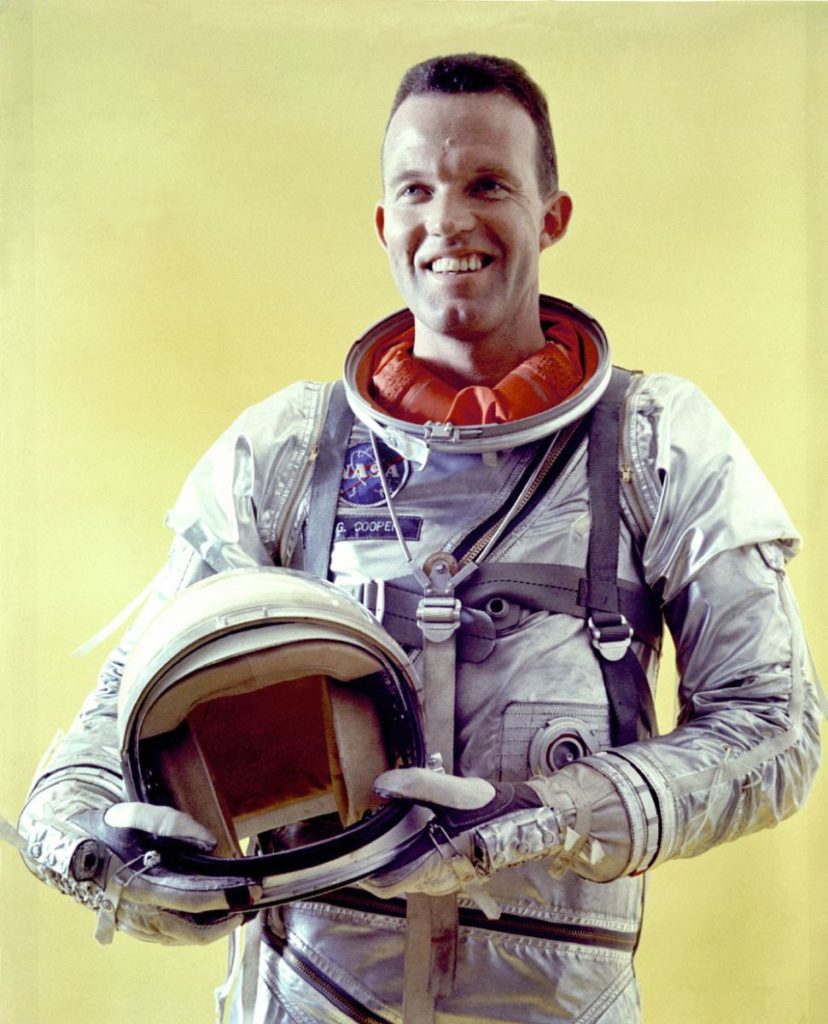
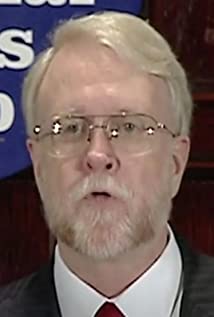 One commonly reported characteristic of UFOs is that they are often seen near nuclear weapons facilities. One would think that this would get the attention of government authorities, and it seems it has. Robert Hastings is a researcher who looked into this aspect of the UFO mystery, and his work caused many people, including those in the media, to take a serious look at it. Then, at the risk of casting doubt on his credibility, Hastings came forward with the claim that he had had an abduction experience. While this upset some of the people who had been encouraged by Hastings to come forward with their stories of UFOs at nuclear facilities, one man told Hastings of abductions reported by men stationed at such facilities.
One commonly reported characteristic of UFOs is that they are often seen near nuclear weapons facilities. One would think that this would get the attention of government authorities, and it seems it has. Robert Hastings is a researcher who looked into this aspect of the UFO mystery, and his work caused many people, including those in the media, to take a serious look at it. Then, at the risk of casting doubt on his credibility, Hastings came forward with the claim that he had had an abduction experience. While this upset some of the people who had been encouraged by Hastings to come forward with their stories of UFOs at nuclear facilities, one man told Hastings of abductions reported by men stationed at such facilities.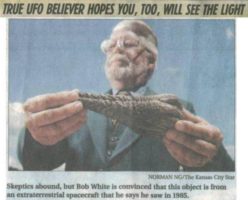 According to Robert Lee “Bob” White, in 1985 (the specific date doesn’t seem to appear anywhere) he was riding in the passenger seat of a car being driven by his female traveling companion. White wouldn’t reveal her name, as she was married, but later gave her first name as “Jan.” They had left Denver, Colorado, and were headed for Las Vegas, Nevada. Between 2 a.m. and 3 a.m., near the Colorado-Utah border, his friend woke him and pointed out a light up ahead. White went back to sleep until his friend woke him again. According to White, the light was extremely bright at this point. He described seeing a lighted object about 100 yards away that was “absolutely huge.” His friend turned on the high beams, and the object shot up. It moved between two, blue lights that looked like horizontal fluorescent tubes. All the lights sped off, and as they did so, White saw a flash, and a small, glowing object fell to earth.
According to Robert Lee “Bob” White, in 1985 (the specific date doesn’t seem to appear anywhere) he was riding in the passenger seat of a car being driven by his female traveling companion. White wouldn’t reveal her name, as she was married, but later gave her first name as “Jan.” They had left Denver, Colorado, and were headed for Las Vegas, Nevada. Between 2 a.m. and 3 a.m., near the Colorado-Utah border, his friend woke him and pointed out a light up ahead. White went back to sleep until his friend woke him again. According to White, the light was extremely bright at this point. He described seeing a lighted object about 100 yards away that was “absolutely huge.” His friend turned on the high beams, and the object shot up. It moved between two, blue lights that looked like horizontal fluorescent tubes. All the lights sped off, and as they did so, White saw a flash, and a small, glowing object fell to earth.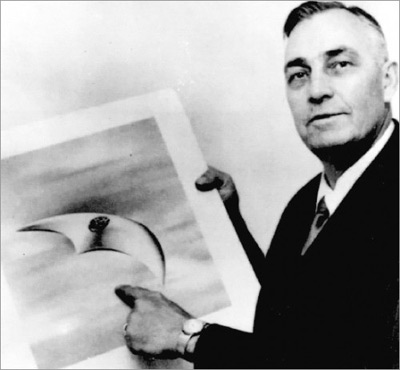 From the days of the earliest citizen UFO investigators, metals associated with UFO reports have been held up as evidence for extraterrestrial visitation. Labs have been employed in testing and claims have been made that the results support a non-earthly origin for the material in question. While some of these claims have been dismissed, others continue to be debated.
From the days of the earliest citizen UFO investigators, metals associated with UFO reports have been held up as evidence for extraterrestrial visitation. Labs have been employed in testing and claims have been made that the results support a non-earthly origin for the material in question. While some of these claims have been dismissed, others continue to be debated.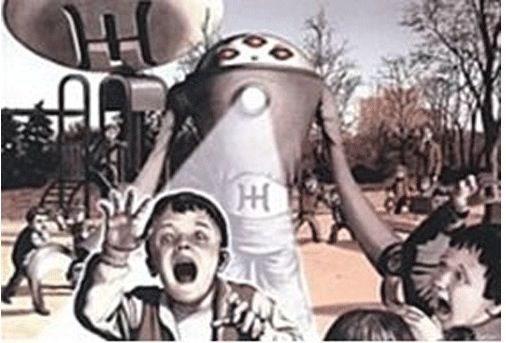 In our last
In our last 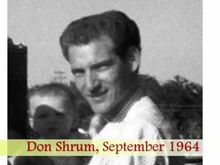 According to the report, Donald Shrum, 28, was bow hunting with two friends in the Loch Leven Lakes region, southeast of Cisco Grove, on Friday night, Sept. 4, 1964. He became separated from his friends, and as it became dark, he decided it would be safer to remain where he was than to risk making his way back to camp in the darkness over rough terrain.
According to the report, Donald Shrum, 28, was bow hunting with two friends in the Loch Leven Lakes region, southeast of Cisco Grove, on Friday night, Sept. 4, 1964. He became separated from his friends, and as it became dark, he decided it would be safer to remain where he was than to risk making his way back to camp in the darkness over rough terrain. One of the most sensational abduction cases of the 1970s, the Pascagoula Incident remains unsolved to this day. On October 11, 1973 two co-workers out fishing claimed to have been taken by three strange looking aliens into their spaceship, examined and released. The two men attempted to report their encounter to a nearby military base who referred them to the local sheriff. Thinking that the two men could be caught in a lie that would expose a hoax the sheriff left the men together in a room with a hidden microphone after his initial interviews. Much to the surprise of law enforcement, the men did not reveal a hoax but instead had a conversation that just reinforced their claims. The story spread from local media to international wire services and was investigated by Dr. J. Allen Hynek and others. Detractors note that nearby security cameras should have seen the craft the men described but other witnesses have reported seeing the craft on the same night.
One of the most sensational abduction cases of the 1970s, the Pascagoula Incident remains unsolved to this day. On October 11, 1973 two co-workers out fishing claimed to have been taken by three strange looking aliens into their spaceship, examined and released. The two men attempted to report their encounter to a nearby military base who referred them to the local sheriff. Thinking that the two men could be caught in a lie that would expose a hoax the sheriff left the men together in a room with a hidden microphone after his initial interviews. Much to the surprise of law enforcement, the men did not reveal a hoax but instead had a conversation that just reinforced their claims. The story spread from local media to international wire services and was investigated by Dr. J. Allen Hynek and others. Detractors note that nearby security cameras should have seen the craft the men described but other witnesses have reported seeing the craft on the same night.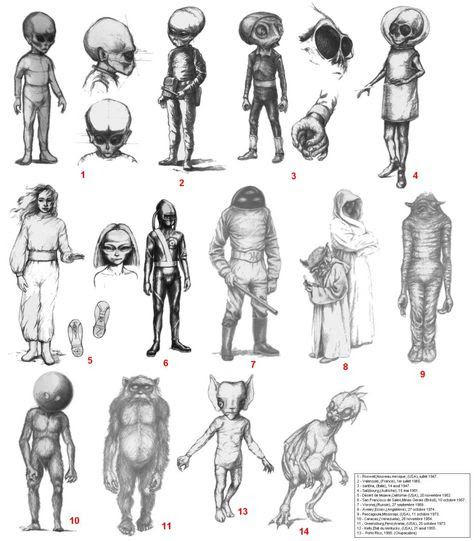 In last week’s
In last week’s 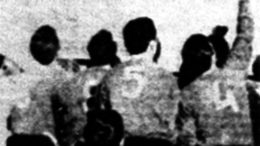 Back in the days before aliens took on the form of the standardized “Grey” model, they came in all shapes and sizes. UFOlogists called them “humanoids,” and there was a wave of them in France in 1954. In 1955 they started popping up in the United States and worldwide. Many UFOlogists, who were trying to convince the scientific community that the mystery was worth studying, tended to reject humanoid reports. Some, such as Coral and Jim Lorenzen of the Aerial Phenomena Research Organization, kept an open mind as long as the humanoids didn’t talk. If a witness reported they had had a conversation and were taken to another planet, that case was tossed into the
Back in the days before aliens took on the form of the standardized “Grey” model, they came in all shapes and sizes. UFOlogists called them “humanoids,” and there was a wave of them in France in 1954. In 1955 they started popping up in the United States and worldwide. Many UFOlogists, who were trying to convince the scientific community that the mystery was worth studying, tended to reject humanoid reports. Some, such as Coral and Jim Lorenzen of the Aerial Phenomena Research Organization, kept an open mind as long as the humanoids didn’t talk. If a witness reported they had had a conversation and were taken to another planet, that case was tossed into the 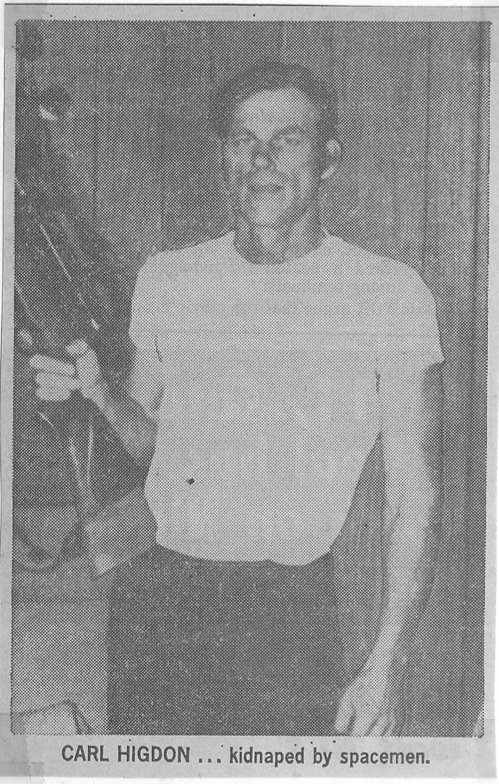 On Oct. 25, 1974, Rawlins, Wyoming resident Carl Higdon decided to take the day off from his job as foreman for an oil drilling crew. One of his “key men” was sick with the flu and he didn’t think anything would be accomplished that day. It was the peak of elk hunting season, and he had just bought a 7mm Remington Magnum rifle, so he probably didn’t have to think for too long about how he would be spending the day. He loaded up his company’s two-wheel drive pickup truck and headed for McCarty Canyon in Carbon County.
On Oct. 25, 1974, Rawlins, Wyoming resident Carl Higdon decided to take the day off from his job as foreman for an oil drilling crew. One of his “key men” was sick with the flu and he didn’t think anything would be accomplished that day. It was the peak of elk hunting season, and he had just bought a 7mm Remington Magnum rifle, so he probably didn’t have to think for too long about how he would be spending the day. He loaded up his company’s two-wheel drive pickup truck and headed for McCarty Canyon in Carbon County. In 1966, there was a UFO case that involved a chase and sightings by multiple police witnesses. In addition to their testimonies, there was a reported radar confirmation and a possible pilot witness. Faced with all this evidence, the initial Air Force investigation consisted of two phone calls to a single witness. Based on interviews lasting a total of around four minutes, the conclusion was that the officers had seen a satellite and chased the planet Venus. The case was re-evaluated after a more thorough investigation, thanks to the efforts of an outraged congressman, and the conclusion was . . . that the officers had seen a satellite and chased the planet Venus.
In 1966, there was a UFO case that involved a chase and sightings by multiple police witnesses. In addition to their testimonies, there was a reported radar confirmation and a possible pilot witness. Faced with all this evidence, the initial Air Force investigation consisted of two phone calls to a single witness. Based on interviews lasting a total of around four minutes, the conclusion was that the officers had seen a satellite and chased the planet Venus. The case was re-evaluated after a more thorough investigation, thanks to the efforts of an outraged congressman, and the conclusion was . . . that the officers had seen a satellite and chased the planet Venus.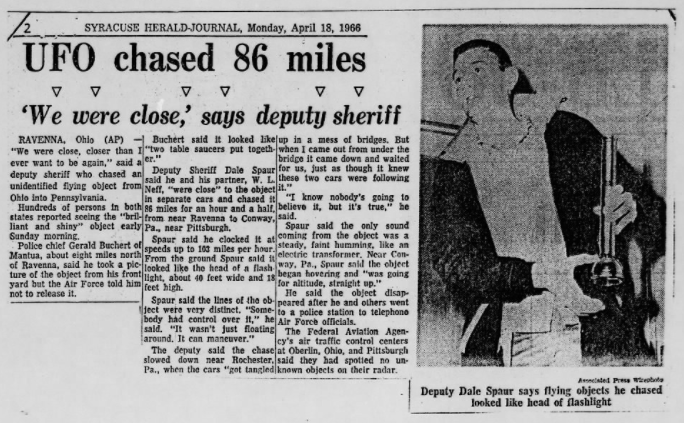 At around 5:00 a.m., they saw an abandoned vehicle on Route 224 near Ravenna, and got out of their car to investigate. According to Spaur, he was in the habit of looking behind him to make sure no one was sneaking up on him. He turned around and saw a light over the trees of a nearby hill. He alerted Neff, and as they watched, it moved over the police car and hovered. They could now see it was an object 35 to 40 feet wide, with a bright, white glow that lit up the area around the car. It hummed “like a loaded transformer.”
At around 5:00 a.m., they saw an abandoned vehicle on Route 224 near Ravenna, and got out of their car to investigate. According to Spaur, he was in the habit of looking behind him to make sure no one was sneaking up on him. He turned around and saw a light over the trees of a nearby hill. He alerted Neff, and as they watched, it moved over the police car and hovered. They could now see it was an object 35 to 40 feet wide, with a bright, white glow that lit up the area around the car. It hummed “like a loaded transformer.” 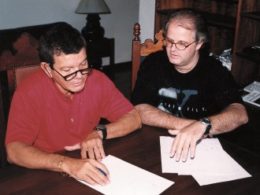 The name was chosen by Captain Uyrangê Hollanda. He explained his choice to researchers Ademar José Gevaerd and Cynthia Luce. Because he was not able to use the expressions, “flying saucer” or “flying disk,” he “chose a cousin of a saucer, a plate.” According to him, the expression in Portugal is “flying plate.” The popular expression in Brazil is “discos voadors.”
The name was chosen by Captain Uyrangê Hollanda. He explained his choice to researchers Ademar José Gevaerd and Cynthia Luce. Because he was not able to use the expressions, “flying saucer” or “flying disk,” he “chose a cousin of a saucer, a plate.” According to him, the expression in Portugal is “flying plate.” The popular expression in Brazil is “discos voadors.”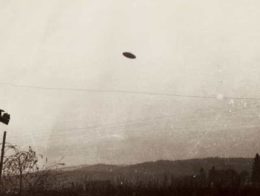 The UFO mystery is not a 20th century phenomenon, but it did in many ways come into prominence in the 20th century. Serious study of UFOs began around World War II and thrived in the following decades. During this golden age of UFO study radio was the dominant form of electronic media. Although film and television existed, radio was a much more important source of timely news and information. Also during this time UFO investigators would find audio recording devices much more portable, reliable and affordable than film equipment. All of this led to an incredible amount of information from the golden age of UFO study being stored in audio formats.
The UFO mystery is not a 20th century phenomenon, but it did in many ways come into prominence in the 20th century. Serious study of UFOs began around World War II and thrived in the following decades. During this golden age of UFO study radio was the dominant form of electronic media. Although film and television existed, radio was a much more important source of timely news and information. Also during this time UFO investigators would find audio recording devices much more portable, reliable and affordable than film equipment. All of this led to an incredible amount of information from the golden age of UFO study being stored in audio formats.